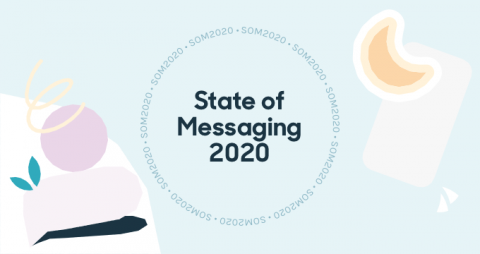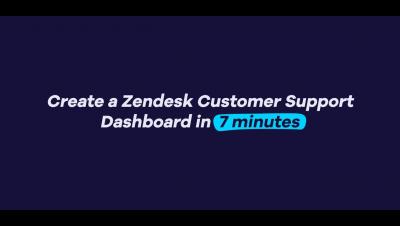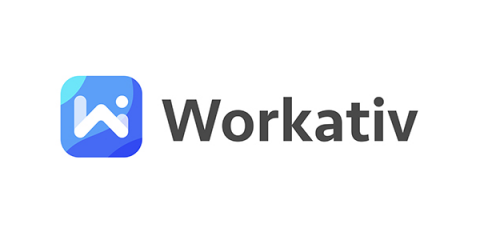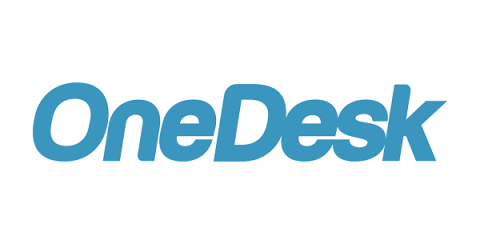State of Messaging 2020: Conversational business goes mainstream
Messaging has changed the way we communicate. Relationships big and small — from the personal to the political to the commercial – can be mapped out across conversations in the messaging apps almost everybody uses every day. In our annual conversational business report, State of Messaging 2020, we look at the biggest messaging stories from the past year, along with research, reporting, and predictions on how the future of messaging between brands and customers will play out.









